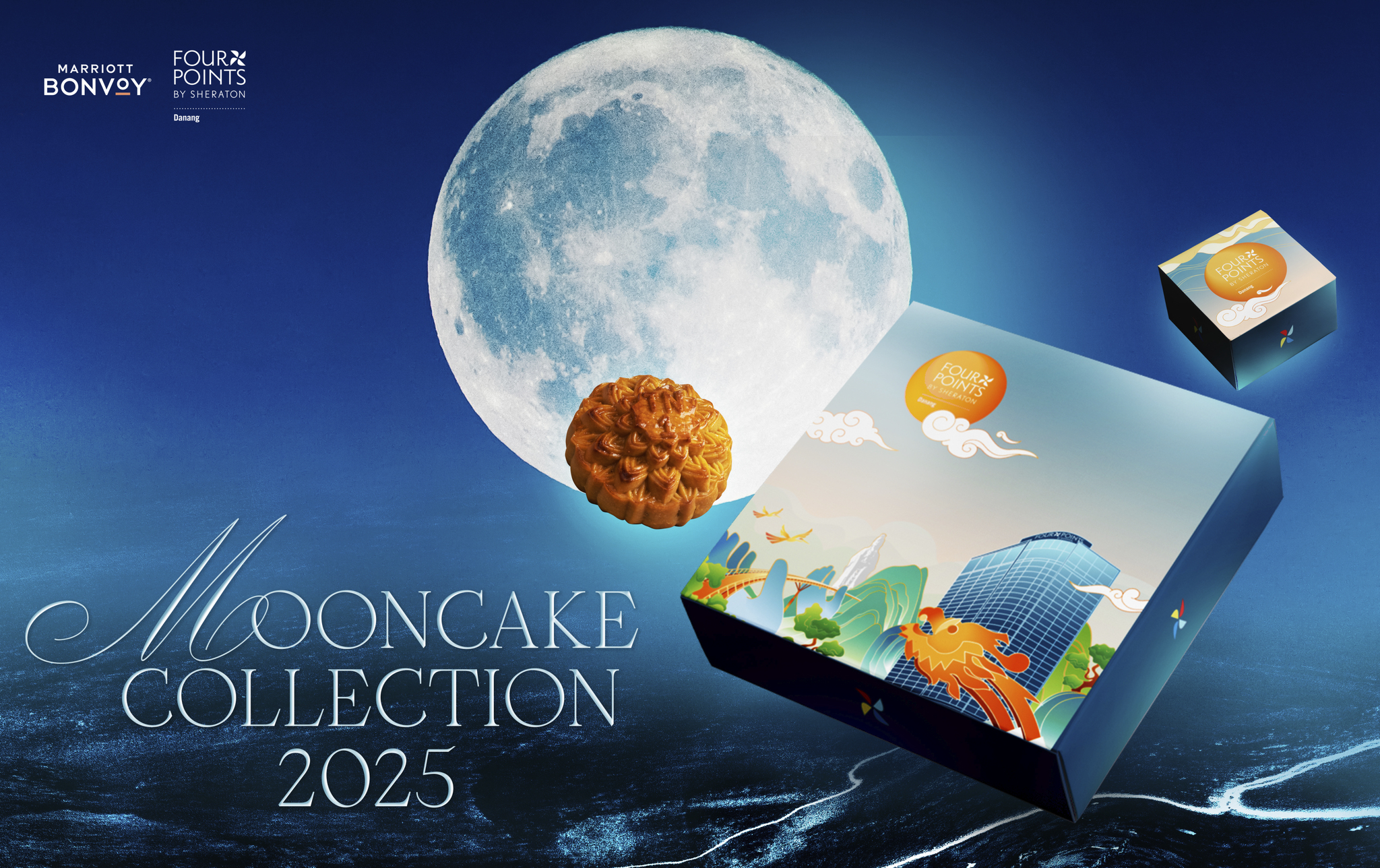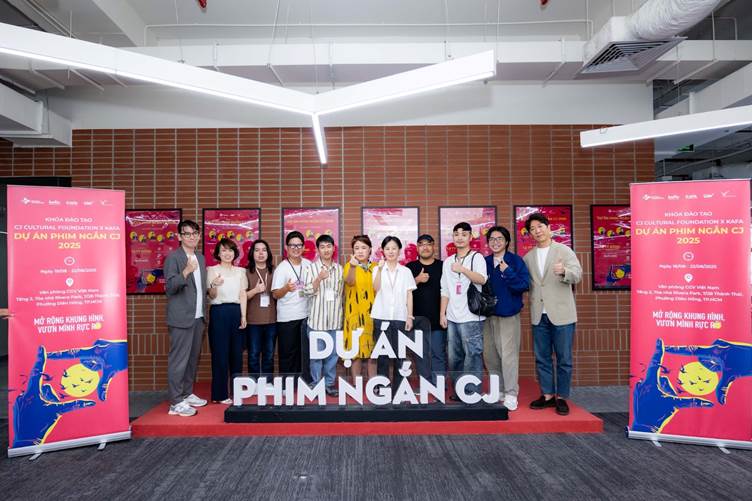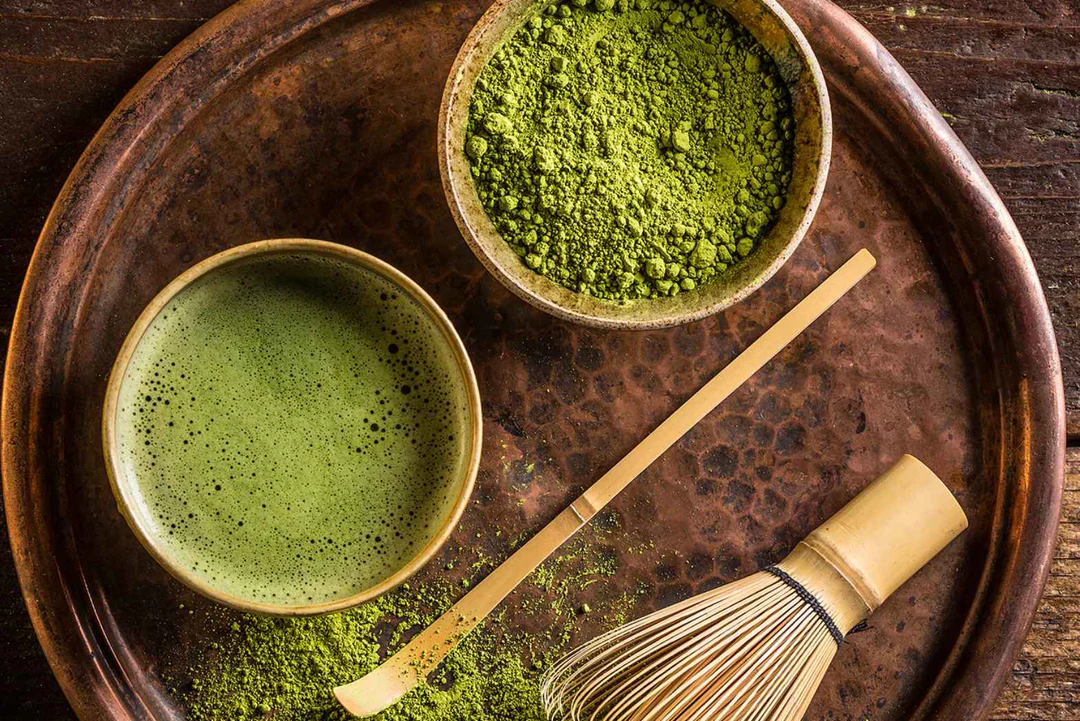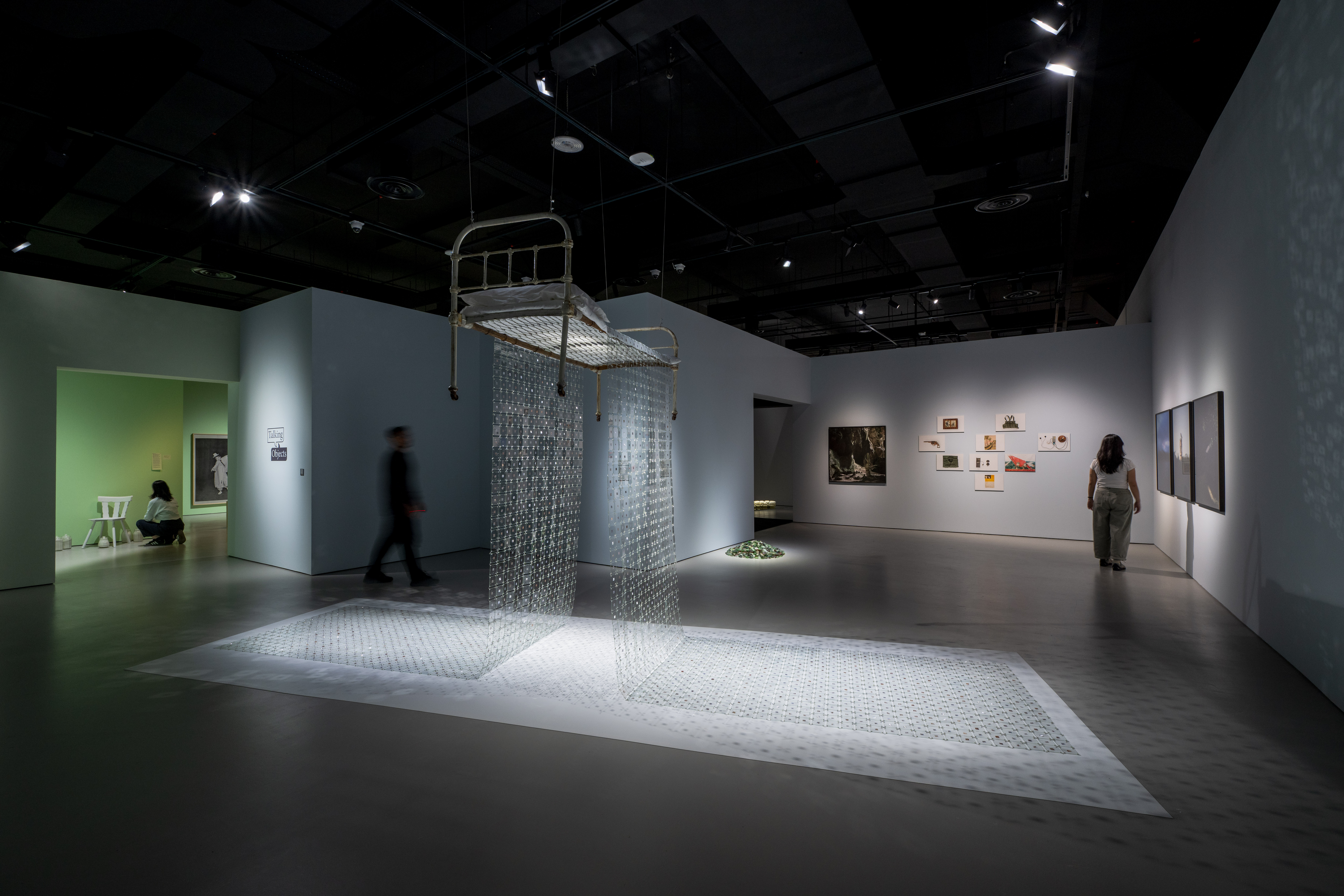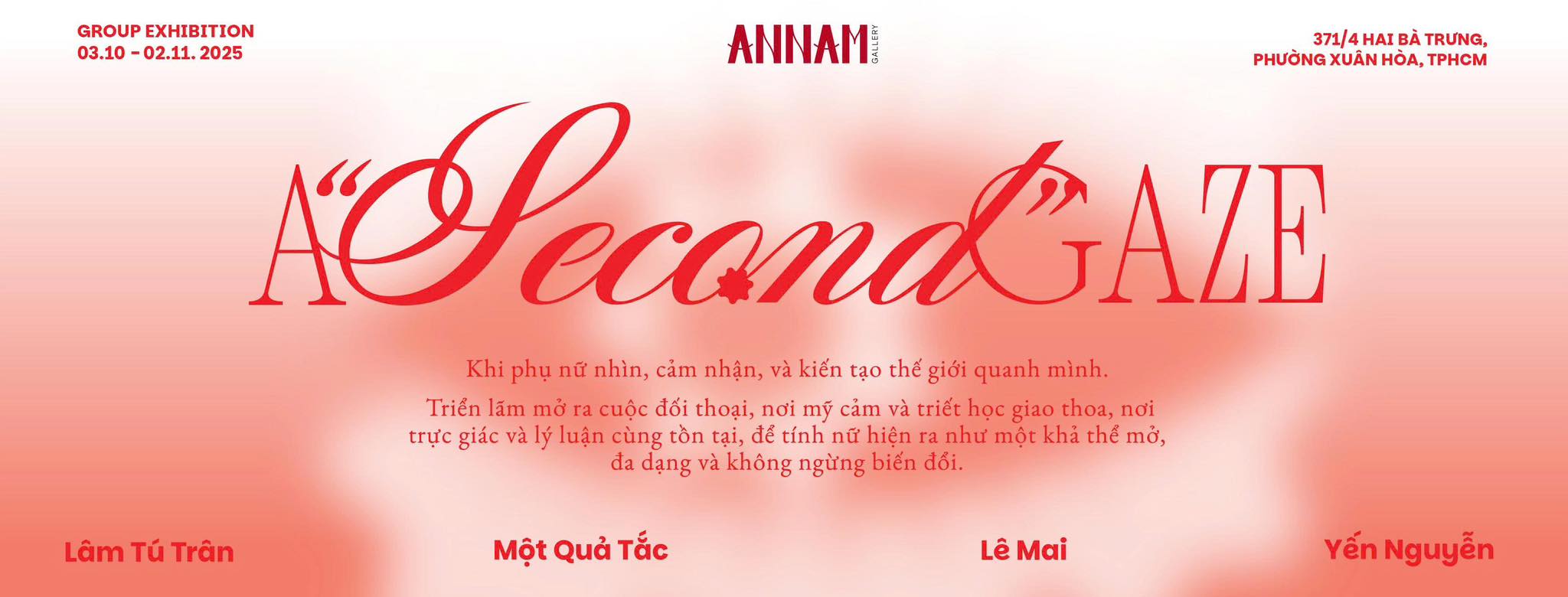artLIVE – Nowadays, science fairs around the world have gone beyond the rigid framework of traditional models and experiments. They have become creative spaces where science intersects with art, technology, and interactive experiences full of excitement.
Science is Wonderful! – Turning science into an artistic experience in Brussels
Every autumn, the center of Brussels (Belgium) becomes livelier than ever when Science is Wonderful! – an annual event organized by the Marie Skłodowska-Curie Actions (MSCA) – officially takes place. Unlike formal scientific conferences, this festival resembles an “open knowledge park”, where science dons the vibrant attire of art and creativity.
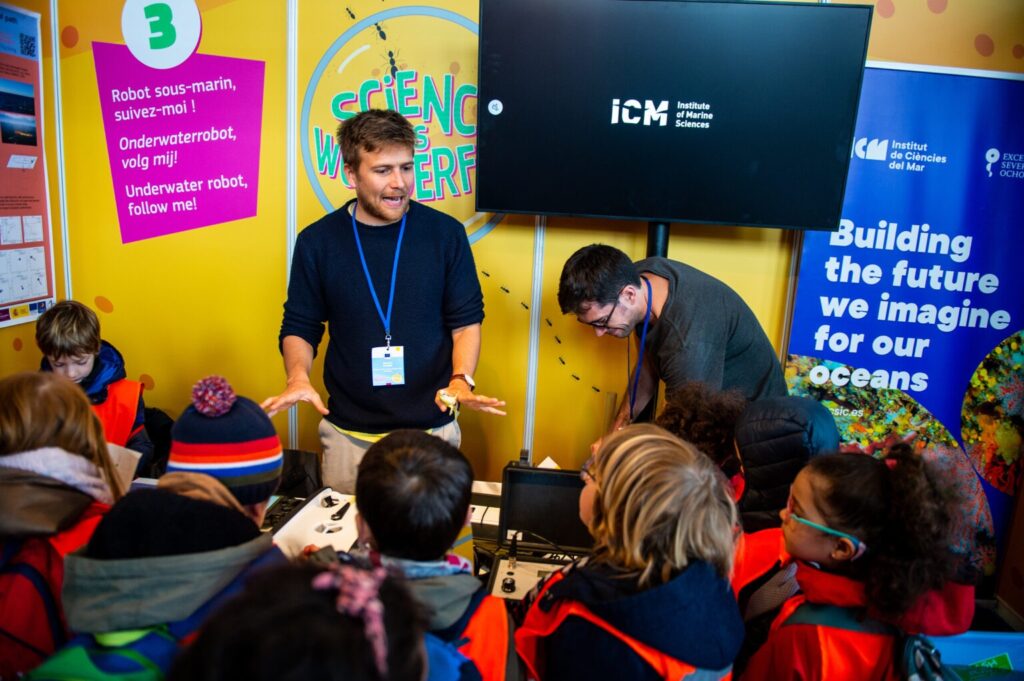
Photo: VO
More than a hundred booths from across Europe gather here, showcasing visual experiments, interactive games, art performances, and intimate talks between scientists and the public. Visitors might see children fascinated by a “miniature universe” model, an artist painting the movement of sound waves on water, or a chemistry researcher turning molecular reactions into dazzling light effects akin to a laser art show.
Activities are designed to stimulate all the senses: tasting 3D-printed chocolate, touching a giant fabric cell model, or listening to music created from Mars data. Notably, the “Science Show” performances are staged like mini plays, where scientists become storytellers, combining sound, light, and chemical effects to illustrate natural phenomena.
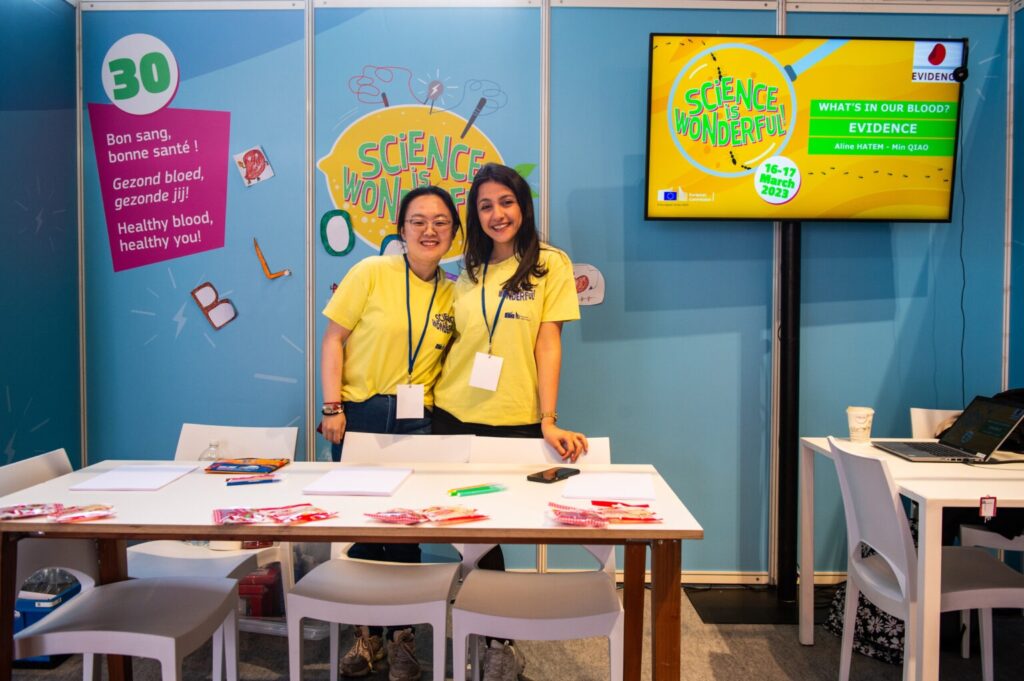
Photo: VO
Science is Wonderful! becomes an emotionally rich experience, making science approachable, playful, and full of life, where every small discovery is told through imagination and endless passion.
International Science Fair (ISF) – A creative space for students in south Australia
In Adelaide (Australia), the International Science Fair (ISF), organized annually by the Australian Science & Mathematics School (ASMS), brings a fresh spirit to science education, sparking curiosity and joy of discovery in every student. Not grand in scale, ISF captivates through the natural, subtle, and inspiring integration of science and art.
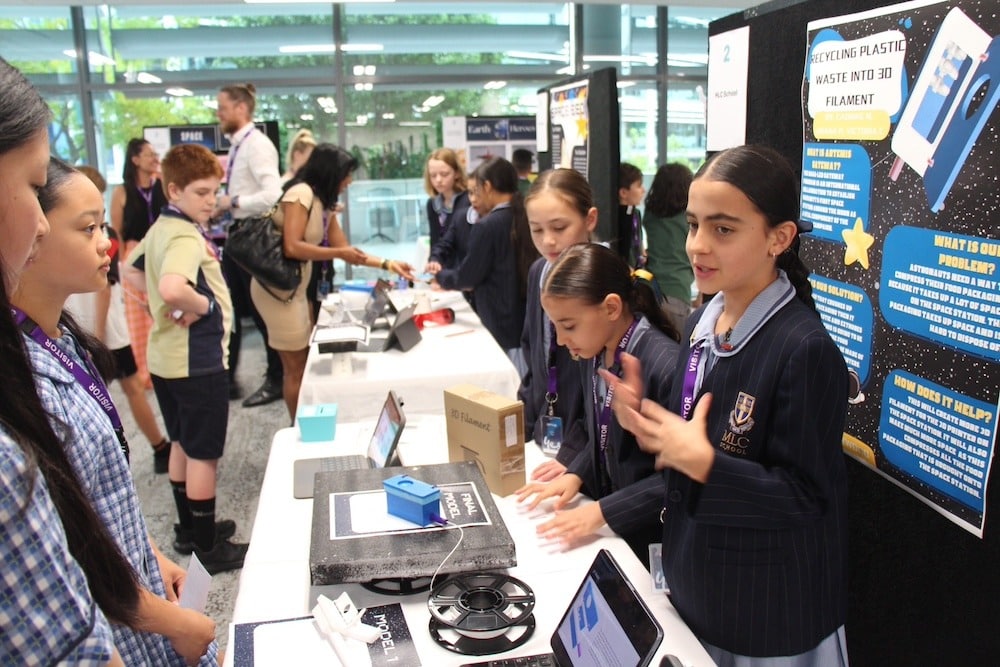
Photo: Makers Empire
Throughout the week, the school campus transforms into a “mini creative universe”: hallways become galleries, classrooms turn into design studios, and the playground becomes an outdoor performance area. Students from across the region bring their own projects, from solar-powered trash-collecting robots and 3D-printed ecological models to light-up installations responding to wind via environmental sensors.
What makes it special is that each group not only presents research results but also expresses their ideas through art. Some groups tell science stories through artistic videos, others design posters in futuristic graphic styles, and some use haiku poetry to convey microbiology concepts. Interspersed among the booths is the Science Performance Stage – where students perform pieces combining stagecraft, electronic music, and live physics simulations.
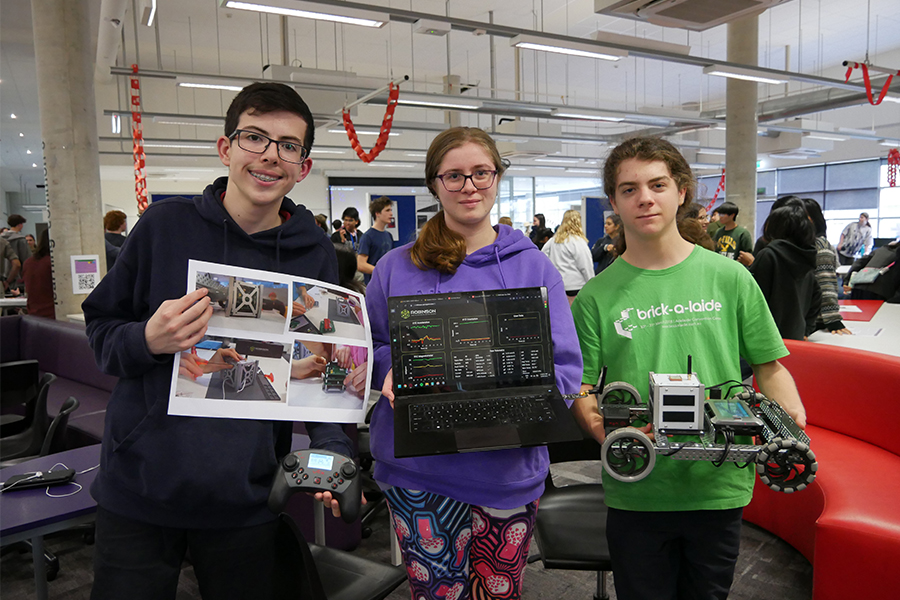
Photo: ASMS
ISF also hosts open workshops where participants are guided to create biological models, paint mind maps with watercolors, or program sensors to measure air quality using smartphones. At night, the campus glows during the “Night of Light” – a light and music performance curated by students, integrating video mapping and moving robot models.
The sense of closeness and the spirit of “creating magic with your own hands” makes ISF a special gathering place for curious minds, showing that learning science can be like composing a piece of music.
ScienceXart: Spot the Maths – When mathematics becomes visual emotion
Among science festivals focused on technology or biology, ScienceXart: Spot the Maths takes a different approach, turning mathematics into art that can be seen and felt. Held annually in Australia, the competition invites students and the public to submit photos capturing how they “spot mathematics” in everyday life.
From the curve of a bridge, reflections of a building on water, to honeycomb structures or swirling coffee, all become evidence of the beauty of geometry and numbers. Participants submit not only photos but also brief descriptions explaining the patterns they noticed, the hidden formulas, and the emotions evoked by the images.
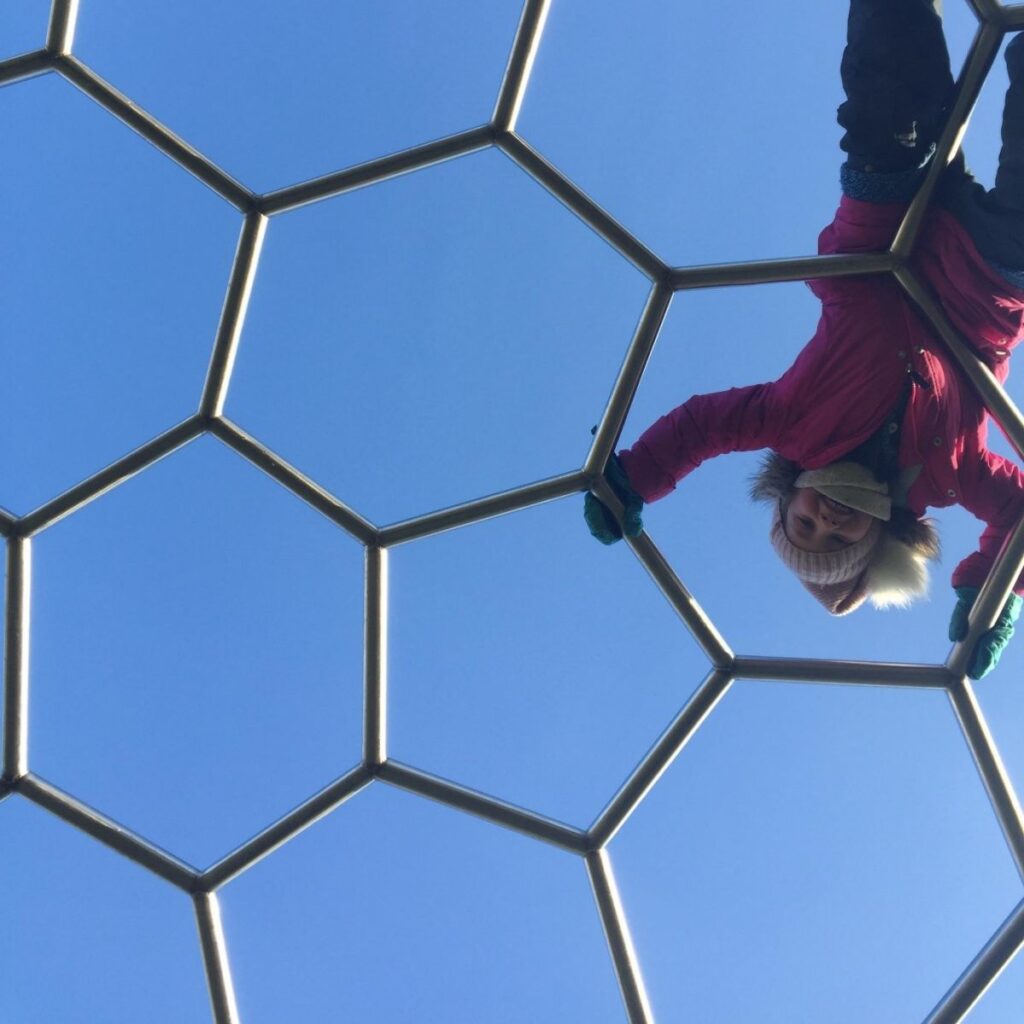
Photo: Australian Academy of Science
Outstanding works are displayed at the Spot the Maths Gallery, where art and mathematics merge through light and shapes. Accompanying workshops invite students to “draw with formulas” by creating fractals, designing symmetrical art, or arranging sand to recreate sound waves.
ScienceXart delivers a subtle message: “Mathematics is not only for calculations but also for appreciating the beauty of natural order. Every curve, every shape has its own rhythm” – the rhythm of the universe that art helps us see and hear more clearly.
Future World Exhibition – Where technology meets art
Located in the Marina Bay Sands complex (Singapore), the ArtScience Museum has long been a symbol of the intersection between creativity, technology, and emotion. One of the museum’s most notable exhibitions, Future World: Where Art Meets Science, created in collaboration with the digital art teamLab (Japan), clearly demonstrates how science and art can tell stories about the future together.
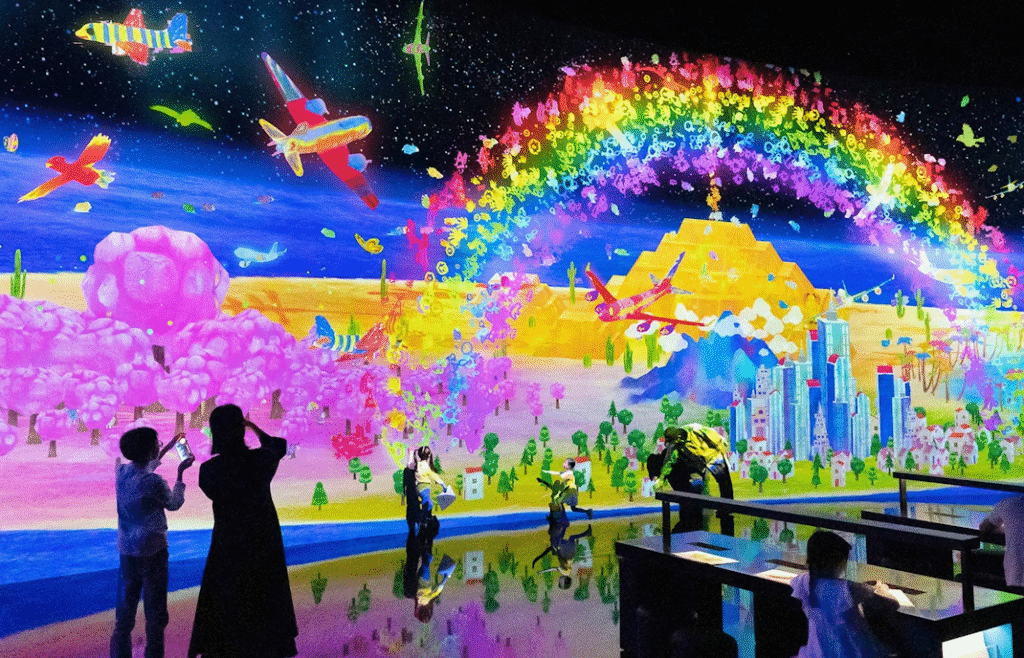
Photo: Marina Bay
The exhibition space is designed like a living universe, where every movement, light, and sound responds to visitors. When entering, flower walls bloom with your steps, virtual fish swim around your body, and shooting stars fall from the ceiling, evoking childhood dreams. Each area has its own theme, from City in a Garden, inspired by Singapore’s nature and urban landscape, to Exploring New Frontiers, where technology and the cosmos are recreated through light and motion.
What makes the exhibition unique is not just its visual appeal but also its creative philosophy, turning data and technology into art, and interaction into emotion. Sensors, real-time graphics, and simulation algorithms are programmed to respond to every gesture, making each moment unique. The “living” nature of the artworks makes visitors not just an audience but co-creators.
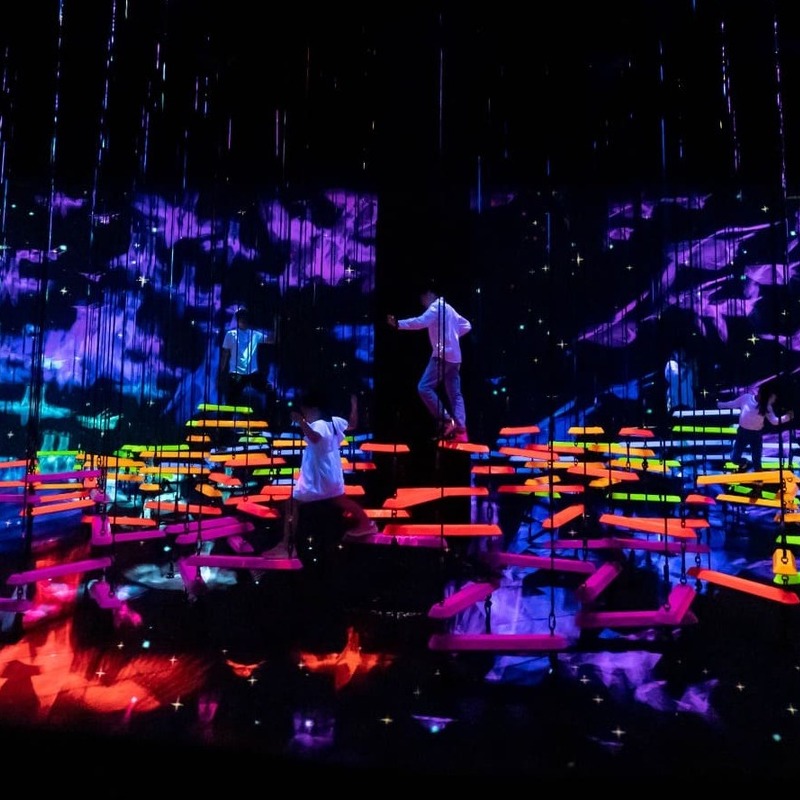
Photo: Marina Bay
Future World not only amazes with technology but also provokes reflection on the relationship between humans, nature, and the digital world. Amidst the light-filled space, visitors sense the fragile beauty of life and how technology can reconnect us with nature in a completely new, delicate, and poetic way.
Laurus International School of Science STEAM Fair – Creativity originates from small hands
In the heart of modern Tokyo (Japan), the Laurus International School of Science STEAM Fair is one of the leading events clearly demonstrating the integration of science and art. Organized annually by an international school with a STEAM education focus (Science – Technology – Engineering – Art – Mathematics), the fair showcases students’ imagination and exploratory abilities through inspiring creative projects.
The STEAM Fair space is arranged like an open laboratory, where every booth is designed by the students themselves. From mini robots that can paint, solar-powered green city models, to recycled art pieces or motion paintings synchronized with sound, all reflect how children see the world with a lens that is both scientific and imaginative. Interactive workshops allow visitors to create, experiment, and discuss alongside the students, creating an intimate, open, and inspiring atmosphere.
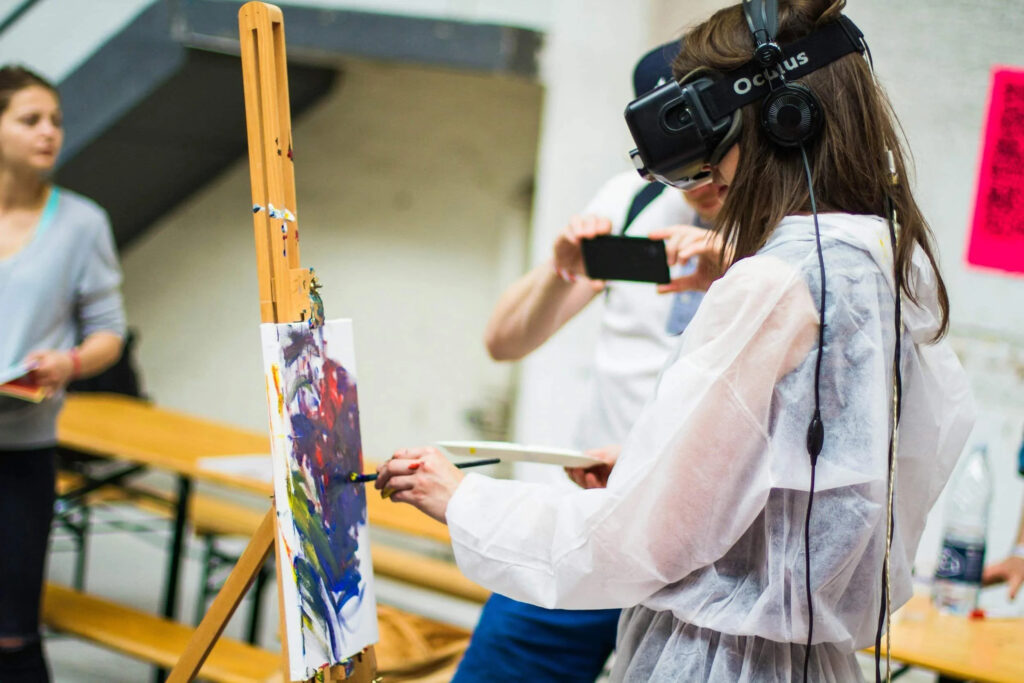
Photo: Laurus International School
What makes Laurus STEAM Fair special is how it connects families, schools, and communities within a single creative space. Parents do not only watch their children but actively participate in activities: conducting small experiments together, 3D-printing objects, or experiencing virtual reality (VR) technology. Each booth becomes a bridge between the adult world and children’s imagination, where science is told through emotion and the joy of discovery.
Laurus STEAM Fair does not emphasize performance or commercialization but focuses on nurturing creative and interdisciplinary thinking from an early age. In the context of Japan promoting STEAM education, this event is a vivid example that science is not confined to textbooks but can begin with a small experiment, a spontaneous idea, or a handmade artwork by children.
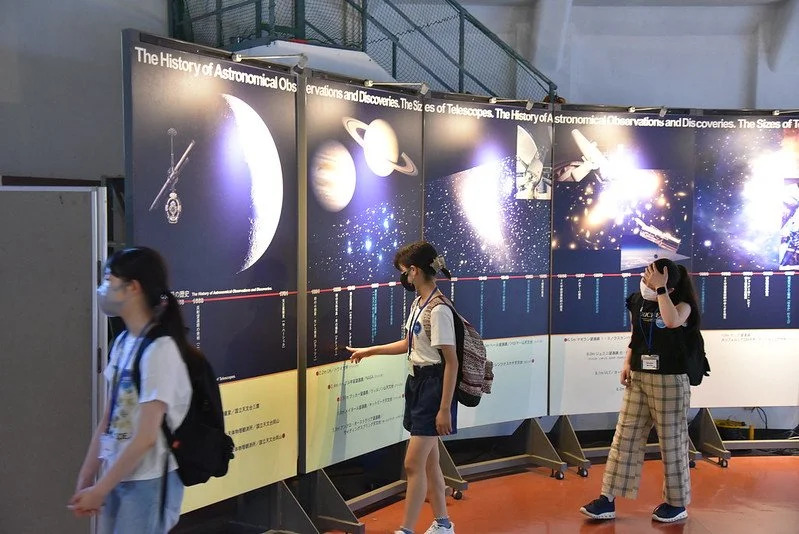
Photo: Laurus International School
These science fairs demonstrate that science is no longer just about numbers and laboratories. When art enters, knowledge becomes more approachable and emotional, while science, in turn, expands its role as a medium for creativity and dialogue.
It is a place where young people are encouraged to explore, create, and question the world around them. Here, building a robot can go hand in hand with a light show, programming data can merge with music, and experiments that seem dry become the art of curiosity.
Source:
European Commission
Europa
NCP
VO
ASMS
Veritasai

